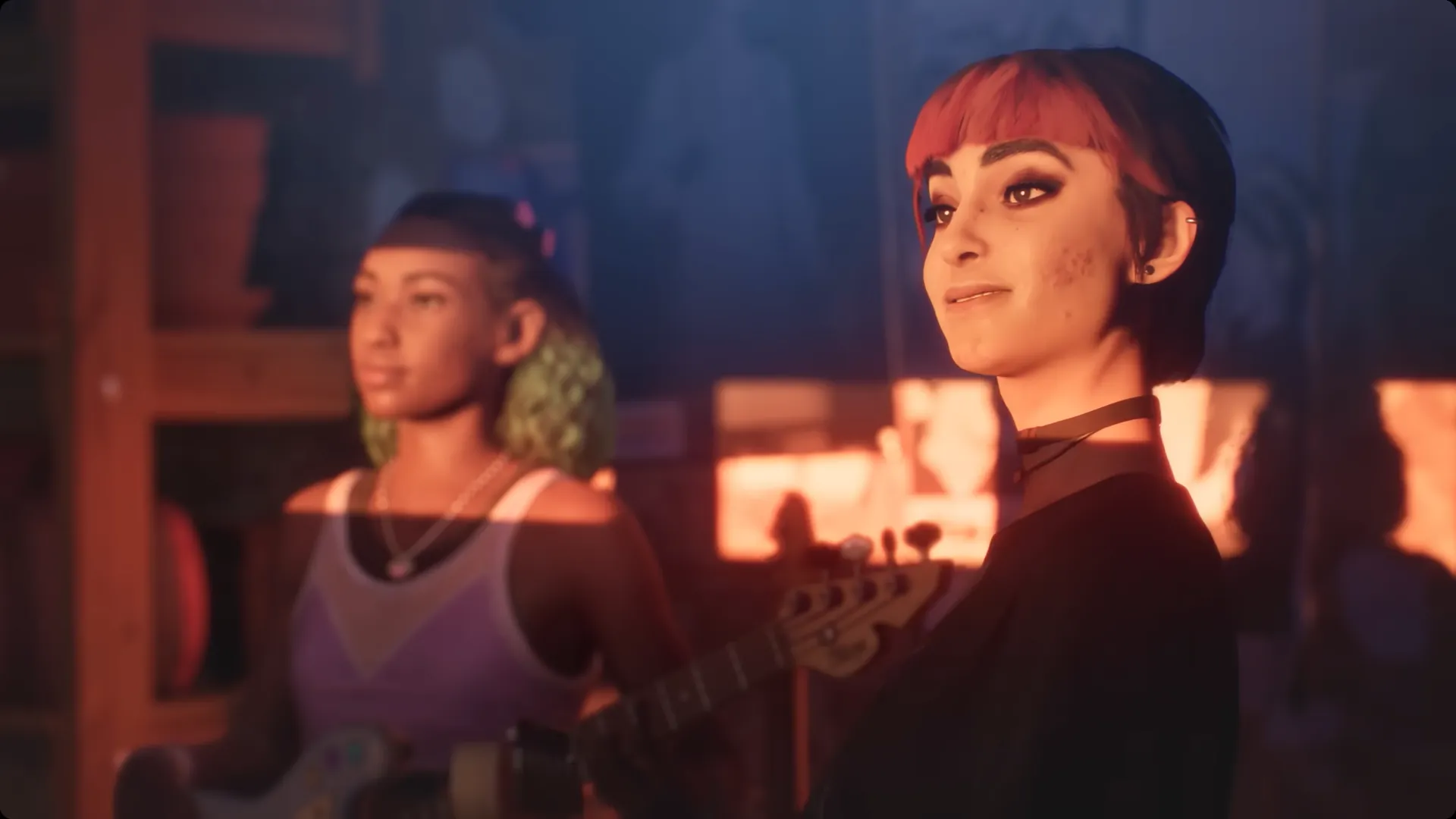Analyzing Realism in Gaming: Lost Records: Bloom & Rage

Redefining Character Design in Gaming
Lost Records: Bloom & Rage, by Don’t Nod, showcases a revolutionary approach to character portrayal in gaming. During Gamescom’s Opening Night Live, the game’s trailer unveiled stunning visuals set in beautiful Michigan landscapes and encapsulated the teenage experience intertwined with fantasy elements. One notable feature is the realistic representation of acne on the character Nora, which deviates from typical conventions in video games.
Confronting Societal Norms
- Nora's character exemplifies the game’s commitment to authenticity.
- Developers aim to normalize skin imperfections in media.
- Lead character artist Juliette Devillers emphasizes the importance of realistic textures.
This narrative shift towards embracing realism in character design helps bridge the gap between fantasy and relatable lived experiences. Don’t Nod embraces diversity in character representations through the introduction of various skin textures. Nora, who wants to be seen and heard, exemplifies a character where acne doesn’t dominate her storyline.
The Artistic Vision Behind Bloom & Rage
- Utilizing Unreal Engine 5 enhances the game’s visual appeal.
- Characters like Swan and Autumn display unique features such as freckles.
- Creative efforts involve attention to asymmetry in facial features.
Such artistic choices serve not just aesthetic purposes but also convey deeper connections to the players. As the gaming industry evolves, Lost Records sets a precedent for future narratives aimed at authentic emotional engagement and representation.
This article was prepared using information from open sources in accordance with the principles of Ethical Policy. The editorial team is not responsible for absolute accuracy, as it relies on data from the sources referenced.